Proving that faster isn’t always better, nearly three-quarters of safeguarded wetlands lost their protection when the agency started using old data to move quickly through a backlog of requests
It wasn’t so long ago that we were feeling pretty good about conservation in rural America. Last month, sportsmen and women celebrated the extraordinary amount of federal money invested in improving habitat and water quality on private lands. But the latest news is not so welcome: An internal watchdog report from the U.S. Department of Agriculture details the agency’s thoroughly misguided policies around wetland protection in the Prairie Pothole Region, also known as America’s Duck Factory.
USDA’s Spotty Record with Pothole Wetland Protection
This is the third in a recent string of concerning reports from the watchdog agency, the Office of the Inspector General.
In the first report, OIG outlined that, due to a lack of coordination across the department, USDA wasn’t actually checking on the tracts of land that were subject to conservation compliance, possibly causing the federal government to pay farm subsidies to landowners who drained wetlands or plowed highly erodible land, contrary to federal law and the will of the American taxpayer. Next, OIG reported that where USDA was completing compliance checks, the checks were pretty well mismanaged—meaning inconsistent, incomplete, outdated, and possibly unethical.
Now, OIG reports that the USDA made significant procedural changes that actually allowed producers to drain more wetlands, , further contradicting the intent of conservation compliance. These changes effectively reversed 20 years of agency history and policy. Moreover, they were not officially communicated to field staff and never disclosed to the public.
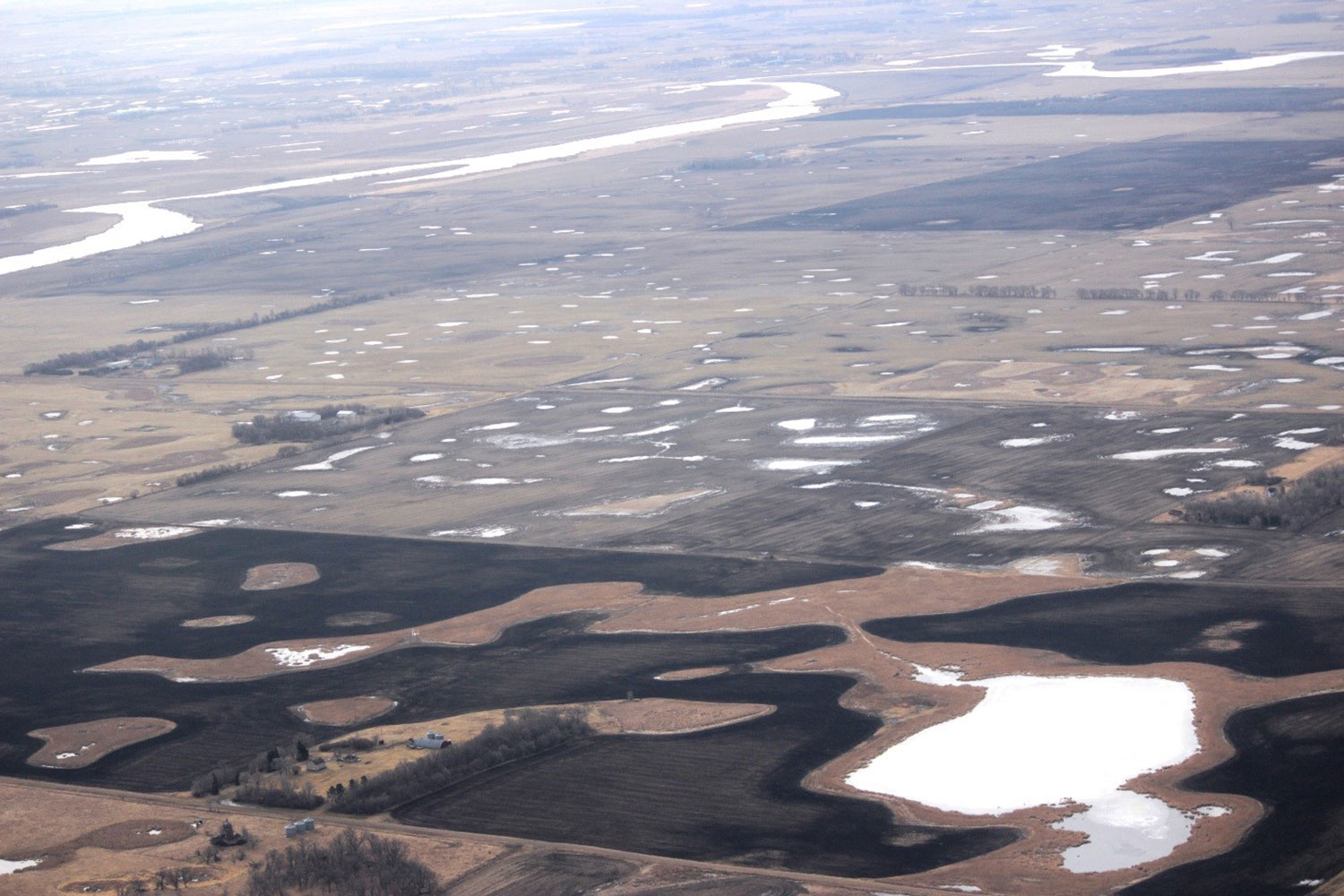
Good Intentions Gone Awry
Starting in about 2009 in the Prairie Pothole states (Iowa, Minnesota, and North and South Dakota), the USDA faced a massive backlog of requests for “certified wetland determinations” from landowners and farmers who needed to know whether the wetlands on their property were indeed subject to USDA’s conservation compliance requirements. This determination tells farmers whether draining those wetlands would make them ineligible for federal farm benefits.
In 2013, USDA amped up its work to respond to landowner demand for certifications and reduce the backlog, and began accepting wetland determinations made by the agency prior to 1996. In some cases, USDA staff used pre-1996 determinations to replace more up-to-date wetland data for the same tracts.
While the agency’s actions were well intended, this policy change as described by OIG is highly problematic. USDA’s longstanding policy had been that most wetland determinations made prior to 1996 were inaccurate, unacceptable, and not considered “certified;” up to 60 percent were wrong. As OIG notes, the agency “replaced its backlog of pending determinations with inaccurate determinations.”
As a result, the policy change reduced the acreage of wetlands eligible for protection by nearly 75 percent in the Prairie Pothole Region, the breeding grounds for more than 50 percent of North America’s waterfowl.
Here’s just one example of the result: In 2010, USDA determined there were 34 acres of wetlands on one farmer’s property, but pre-1996 maps showed only 2.5 wetland acres. The change in policy to certify old determinations allowed the farmer to drain 31.5 acres of wetlands, or 93 percent of what was shown on the more recent, more accurate map.
To say this is frustrating would be an understatement. Combine it with the fact that USDA made this change outside of the normal regulatory process—it was not publicized and there was no opportunity for the public to comment on the new directive to use old materials—and it becomes incredibly worrisome. Then consider the previous two OIG reports, and you get a pretty depressing picture of USDA’s oversight of privately-owned wetlands in the U.S. (Fun fact: Private land is home to three-quarters of this country’s remaining wetlands.)
Moving Forward
We’re gearing up for the next Farm Bill—the massive legislative package that directs farm conservation programs, including conservation compliance—and contemplating what agriculture policy might look like under President Trump and a GOP-controlled Congress. When many conservationists consider what might be coming down the pike, it might be tempting to view every new challenge as a five-alarm fire and to get nostalgic for the past. But these watchdog reports from the Obama Administration present a stark reminder that good intentions only get you so far, and that there is always room for improvement in conservation policy, whatever your politics.
You can bet the farm that the TRCP and our partners will continue birddogging USDA’s wetlands policy, regardless of who’s sitting in the Oval Office (or more appropriately, in the secretary’s office at USDA). And as always, we’ll continue our work more broadly to make sure that Congress passes laws to improve fish and wildlife habitat, and that the Trump administration faithfully carries out those laws, so you always have a place to hunt and fish.

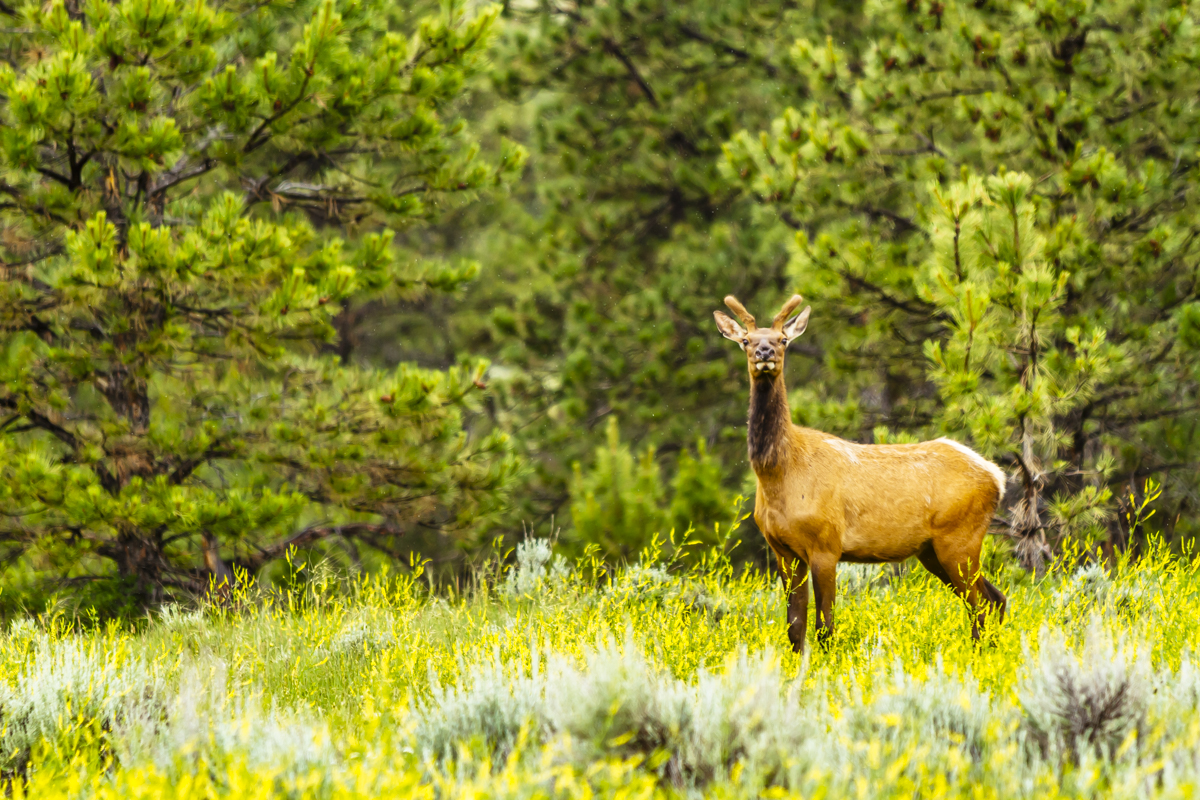
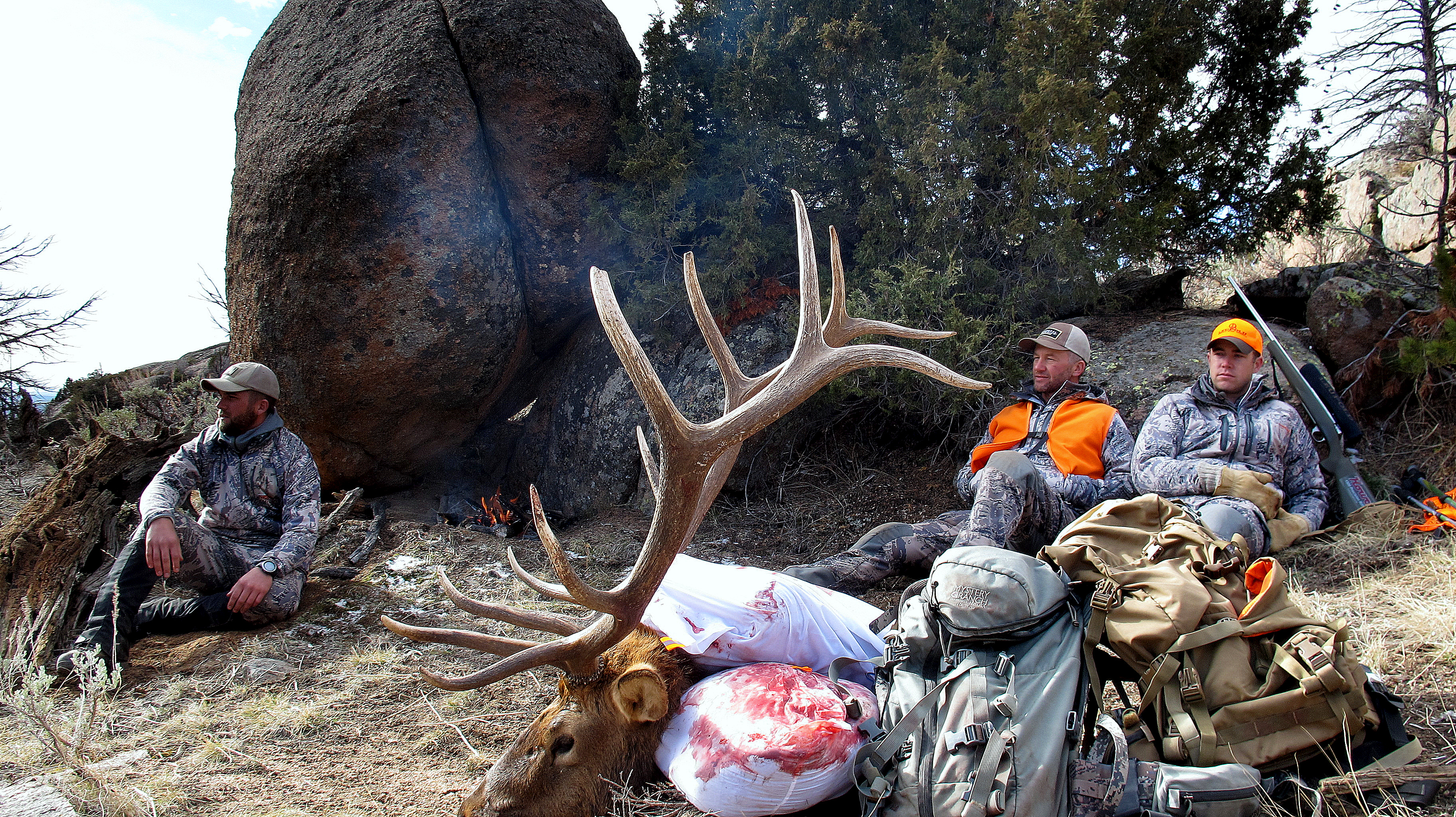
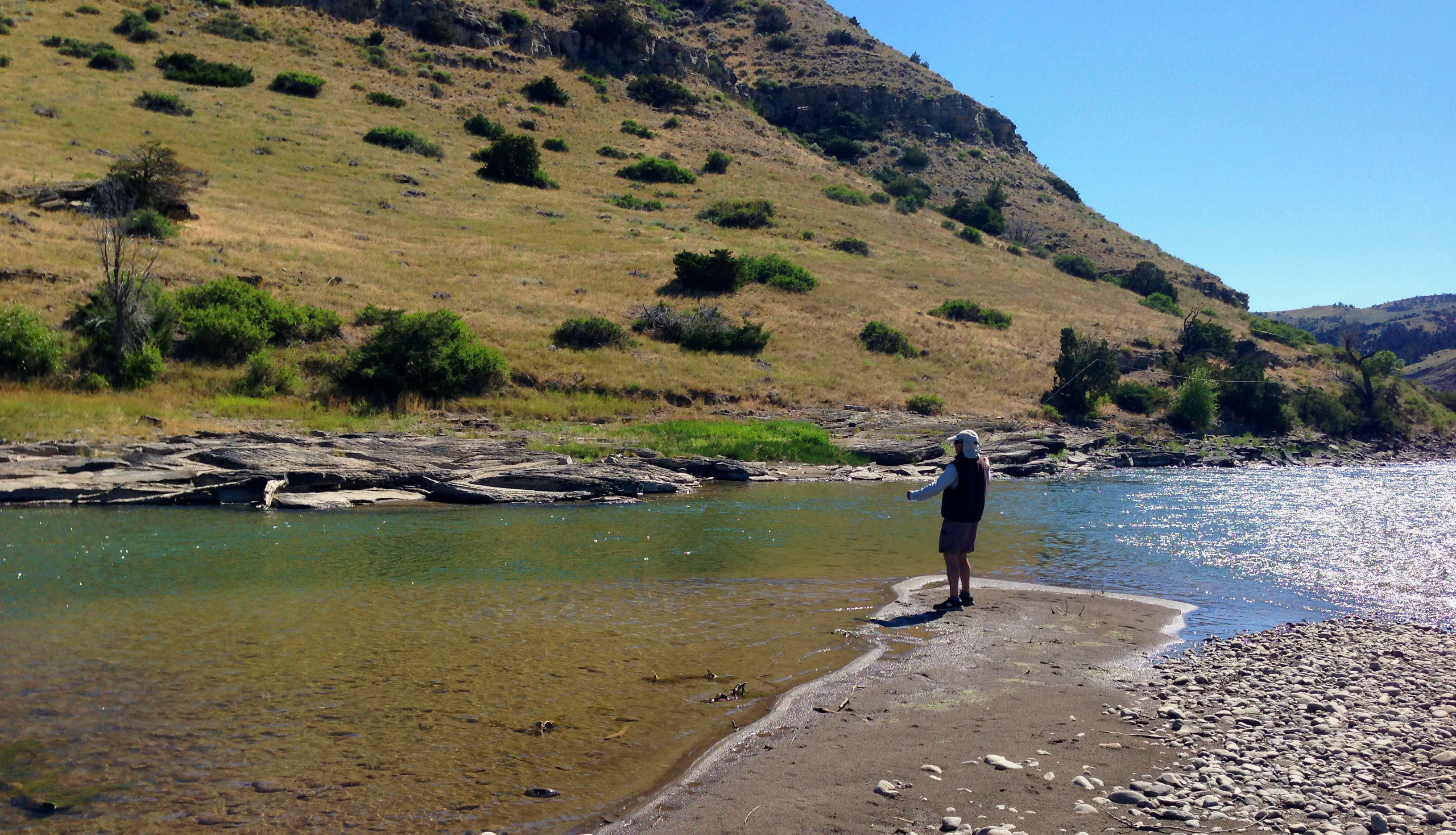
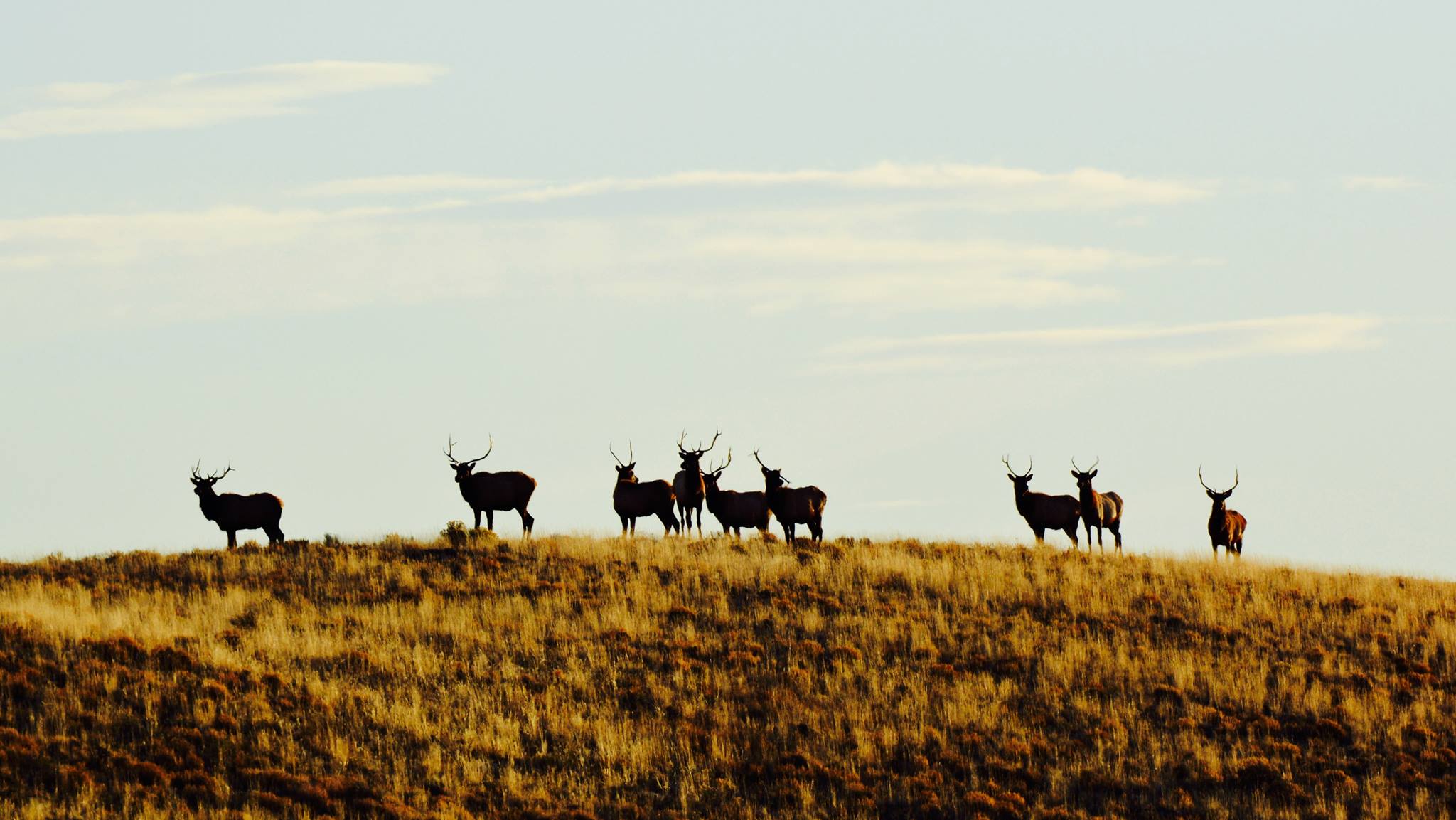
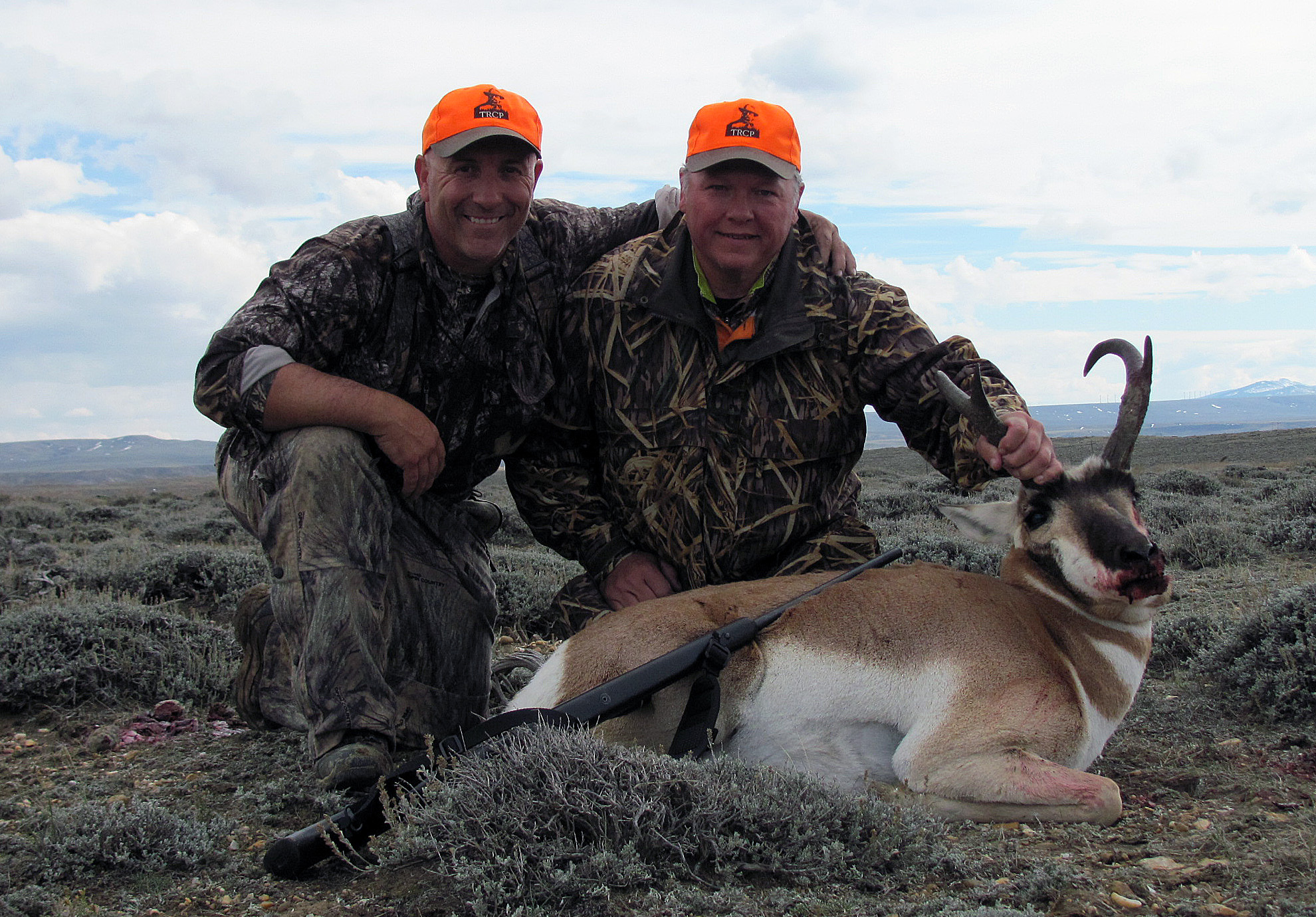
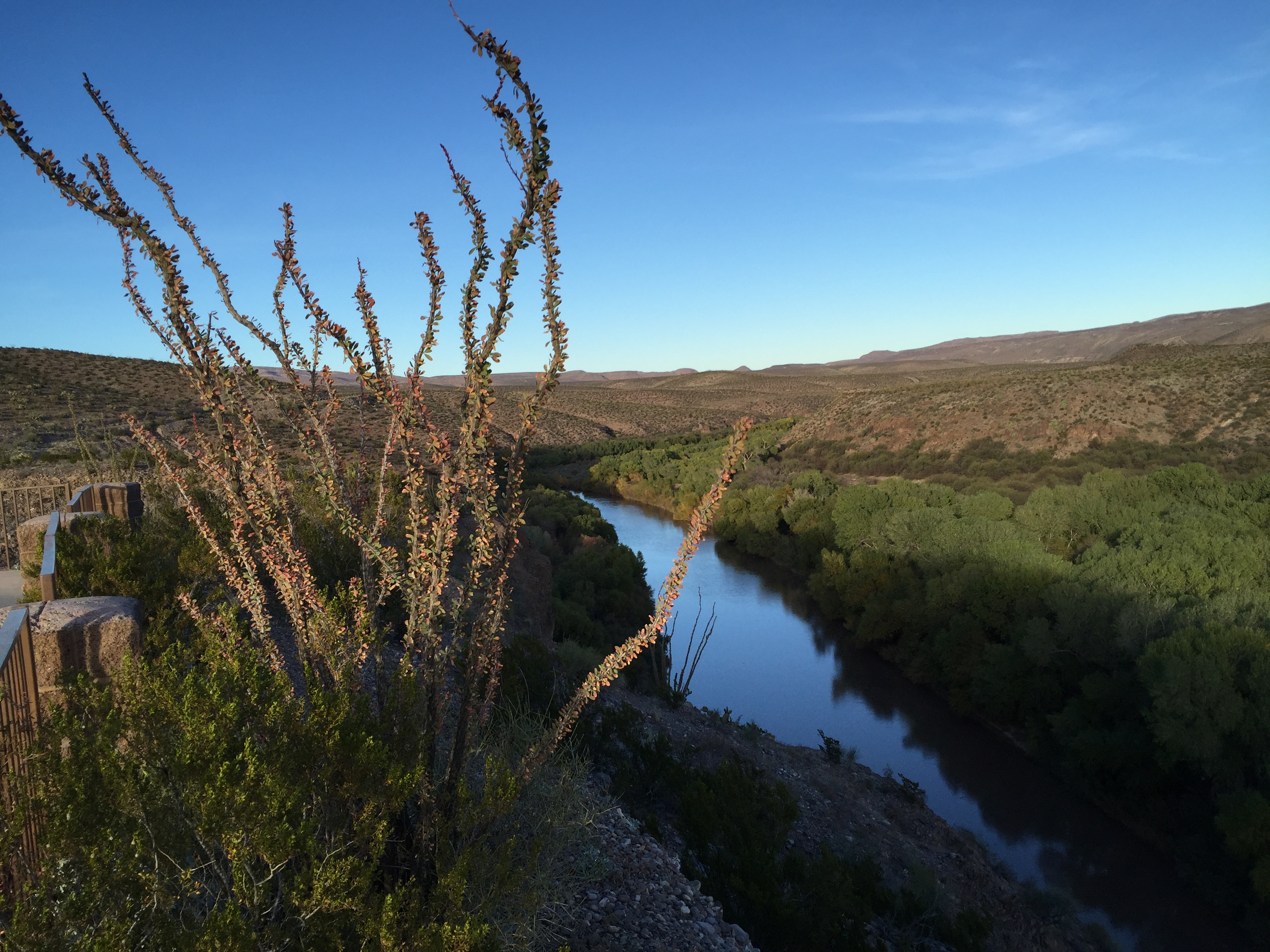
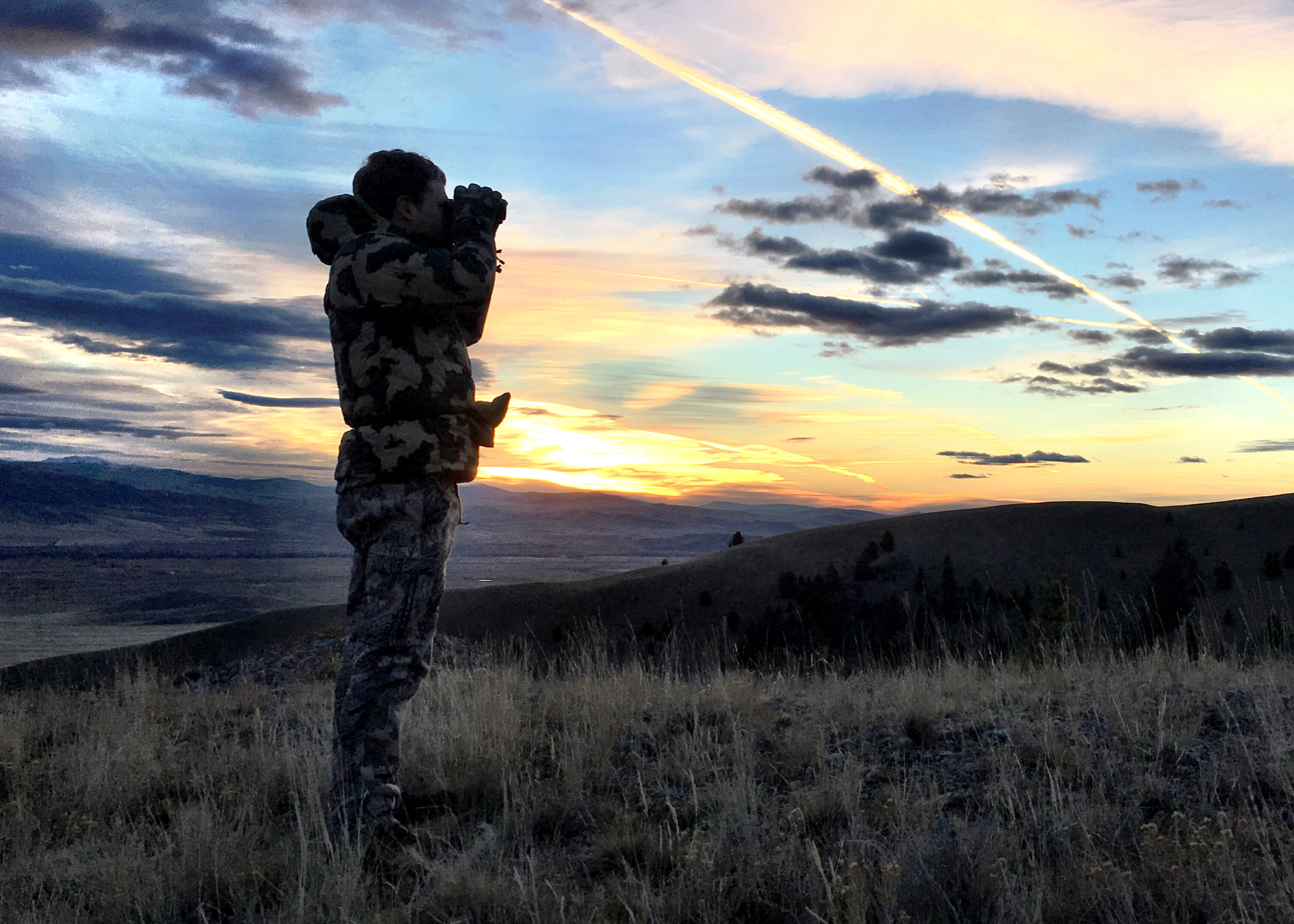
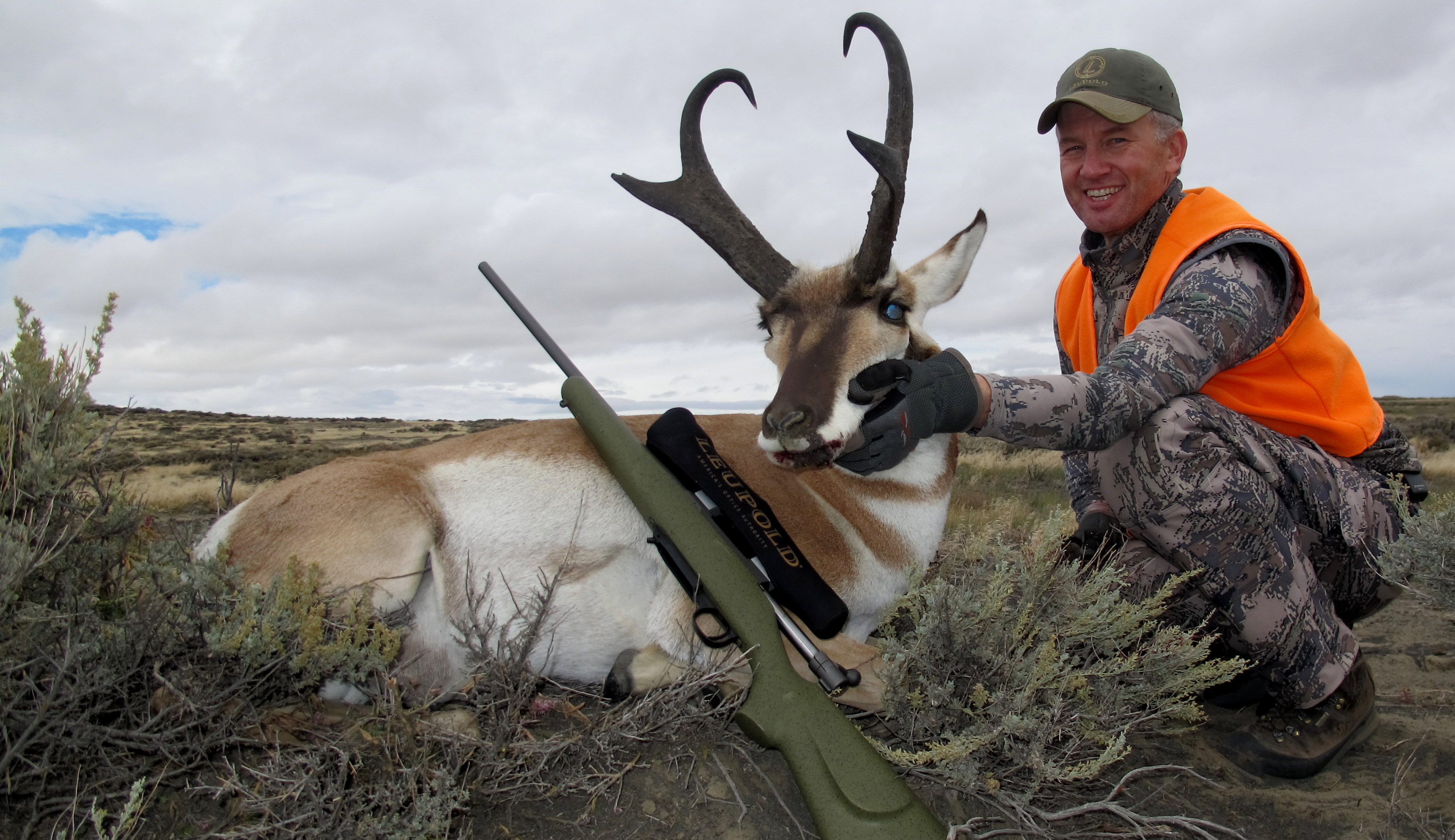
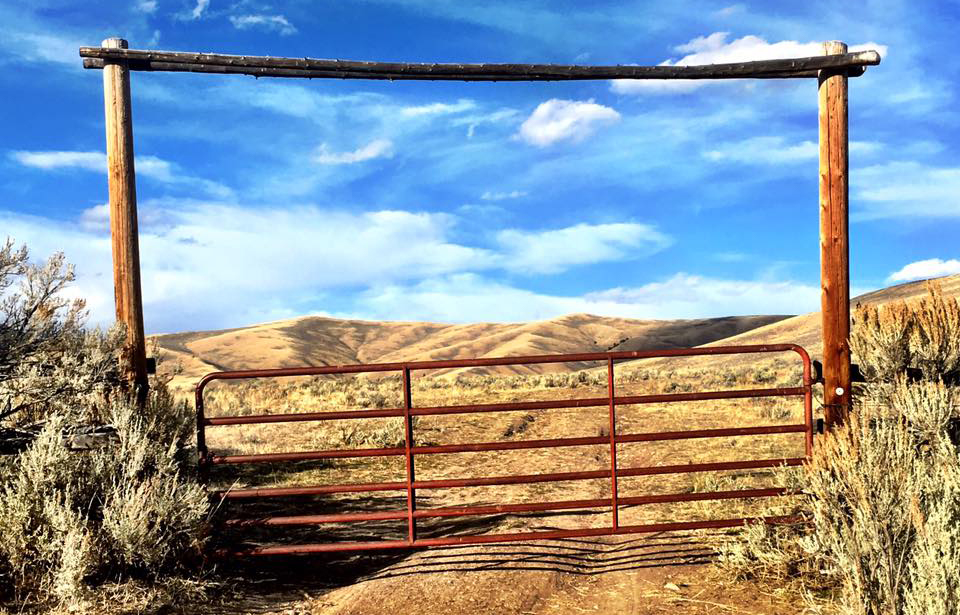
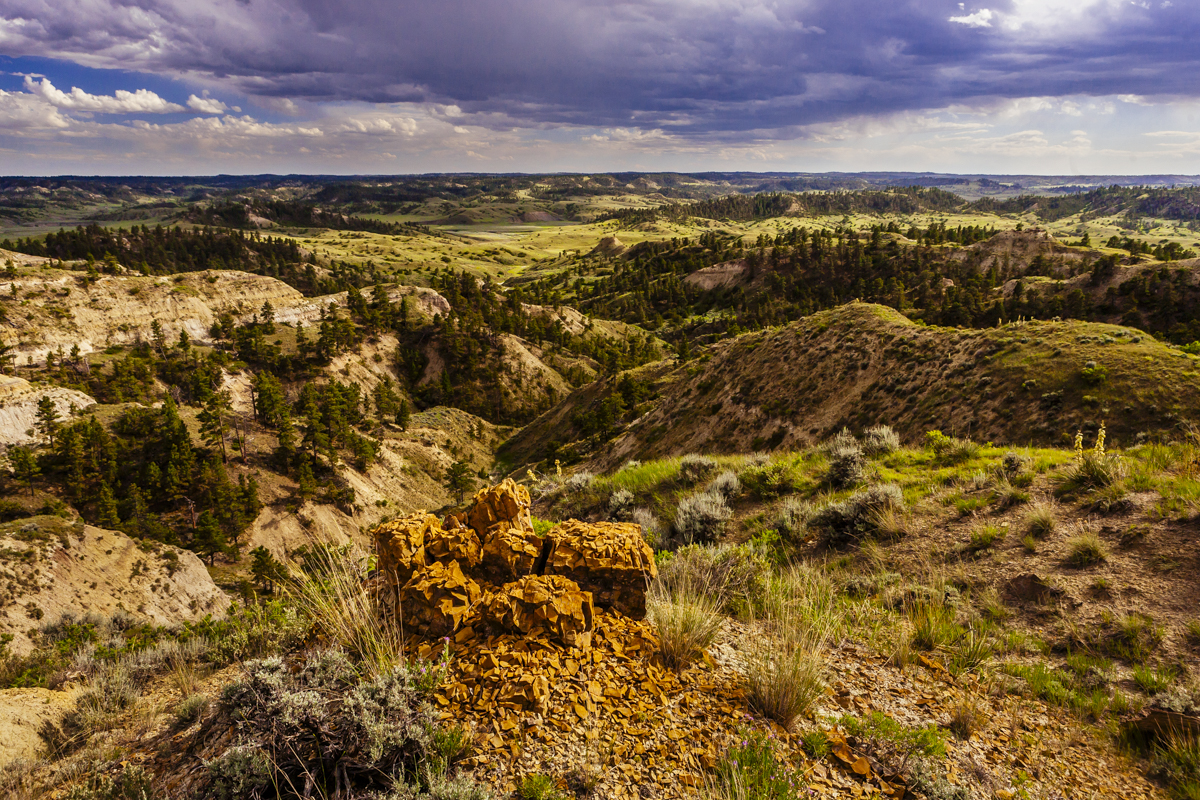
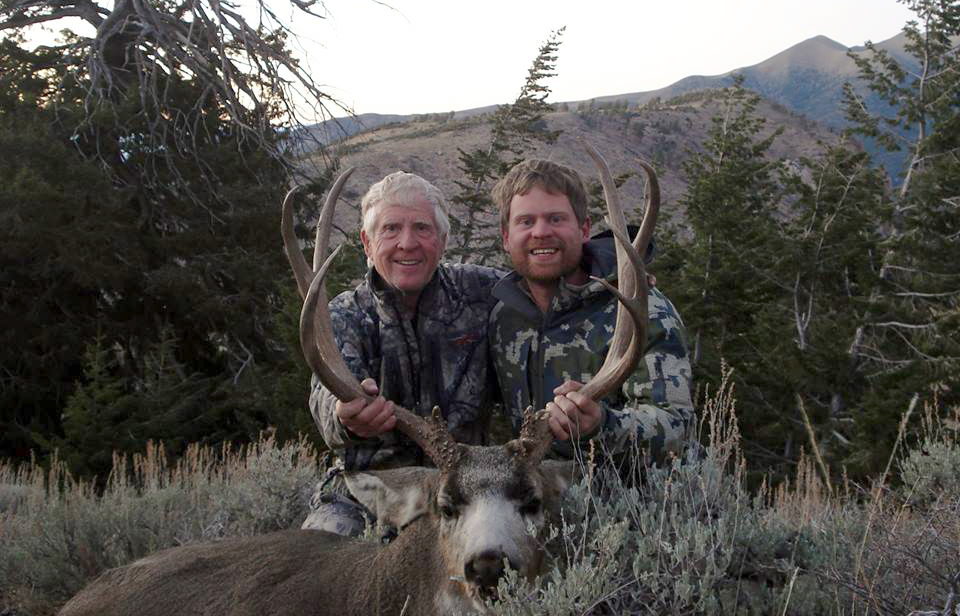
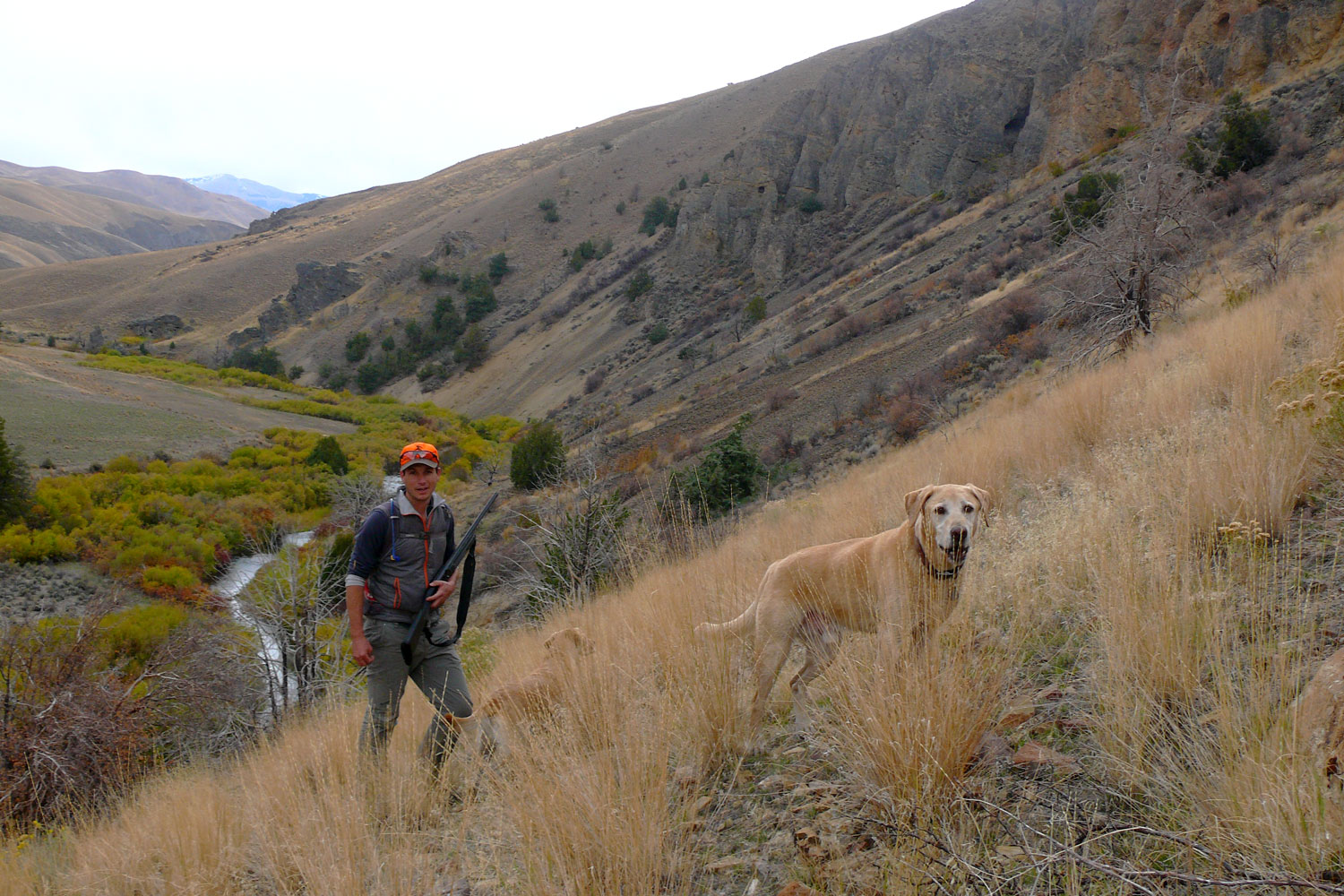
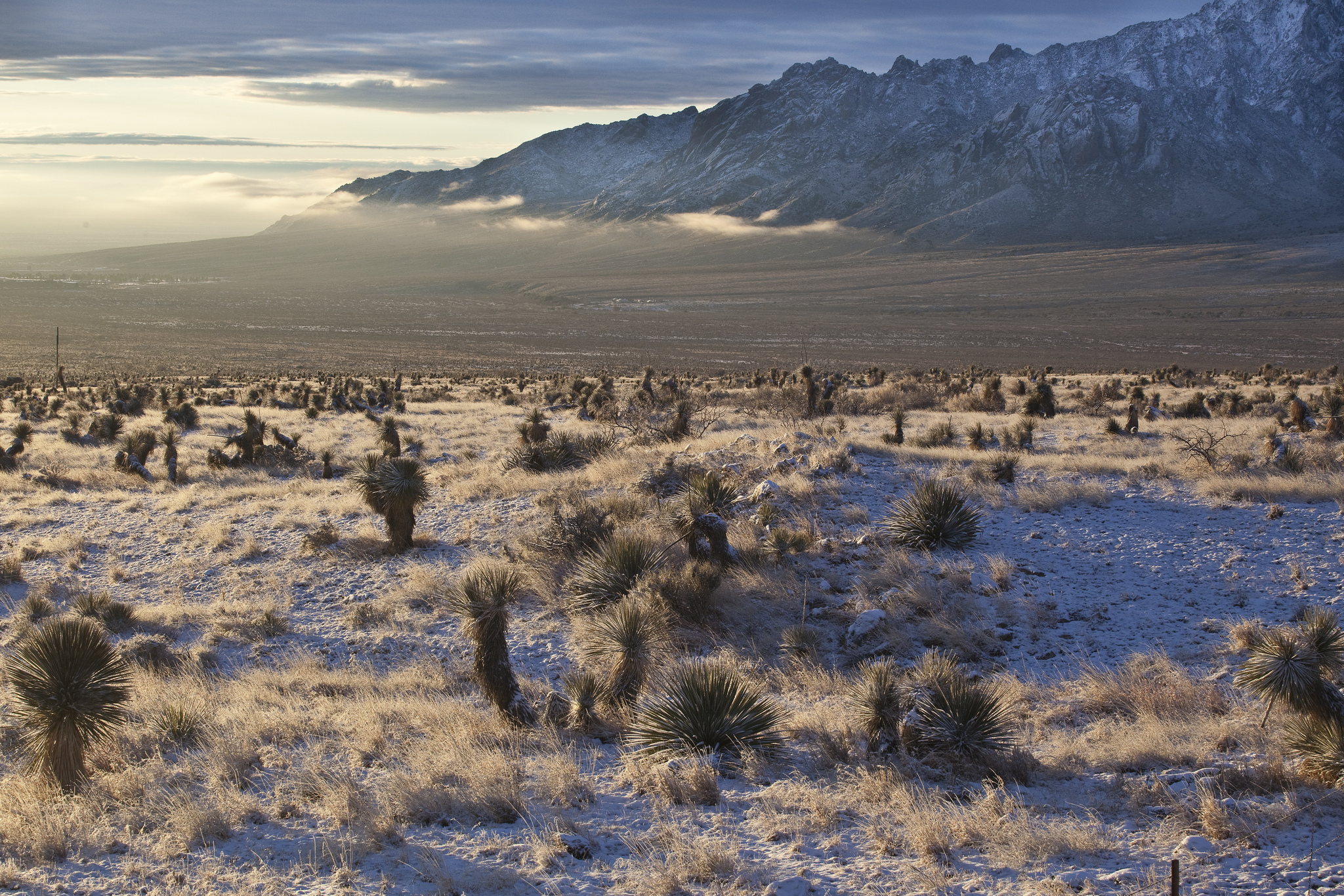
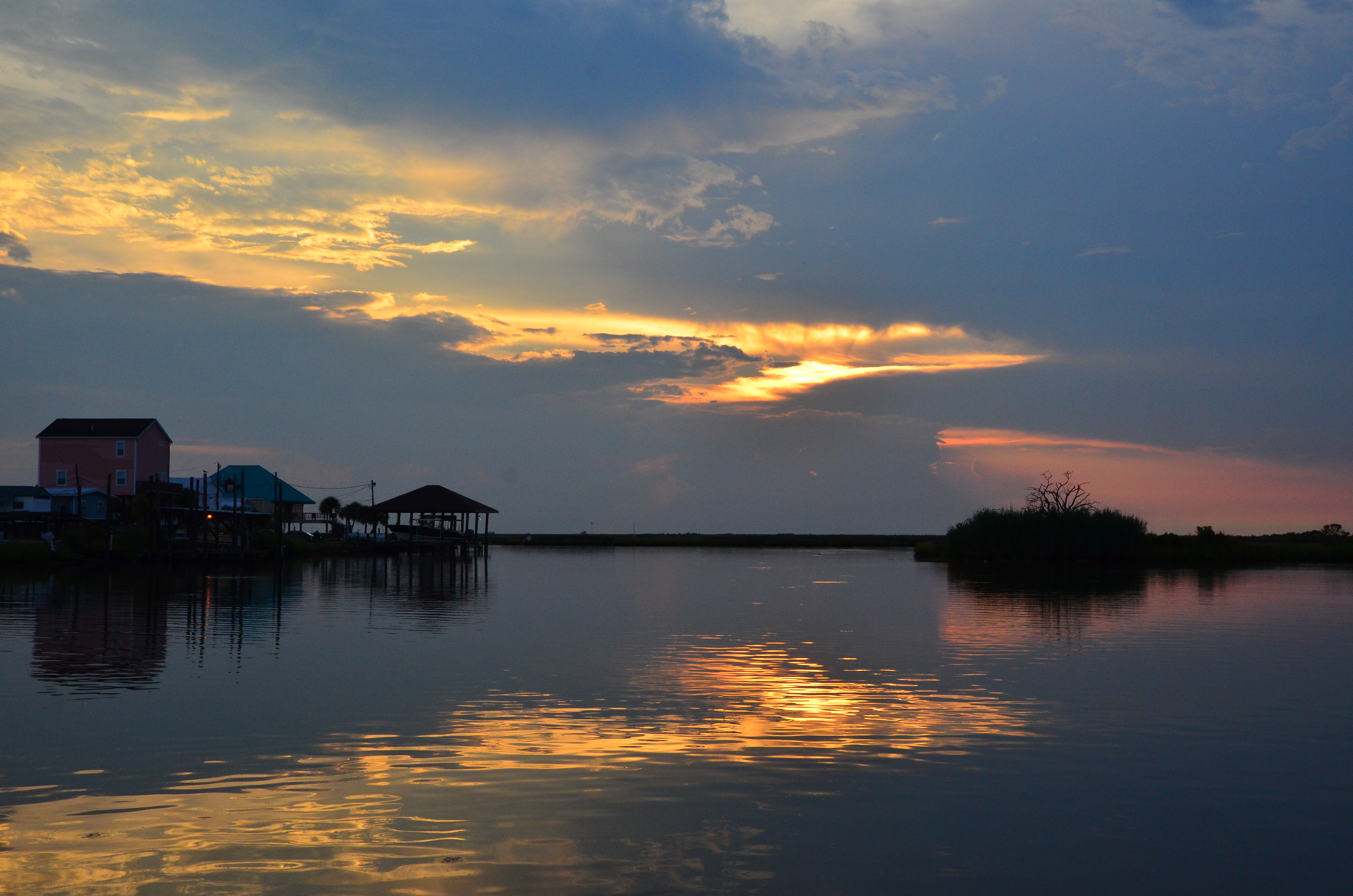
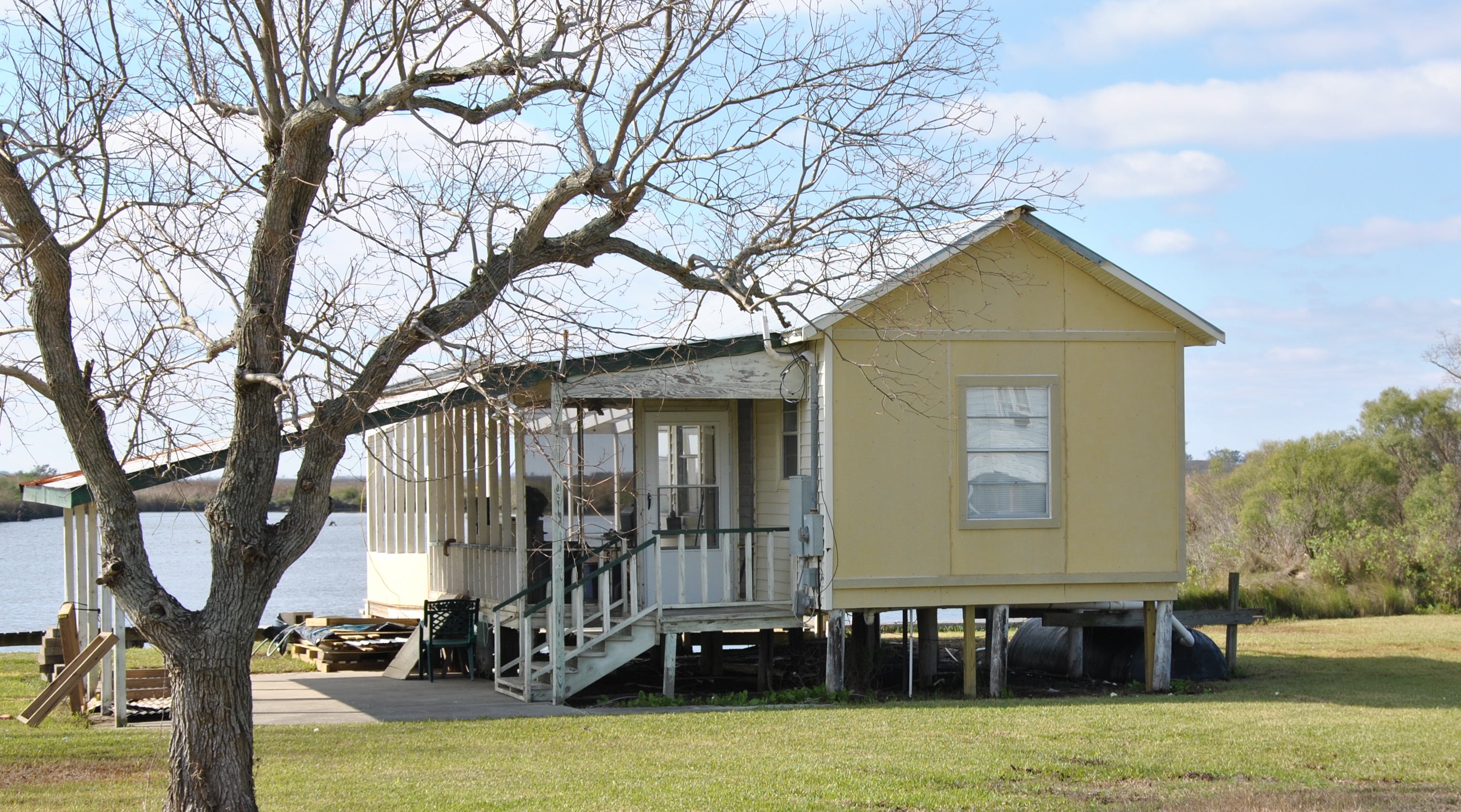
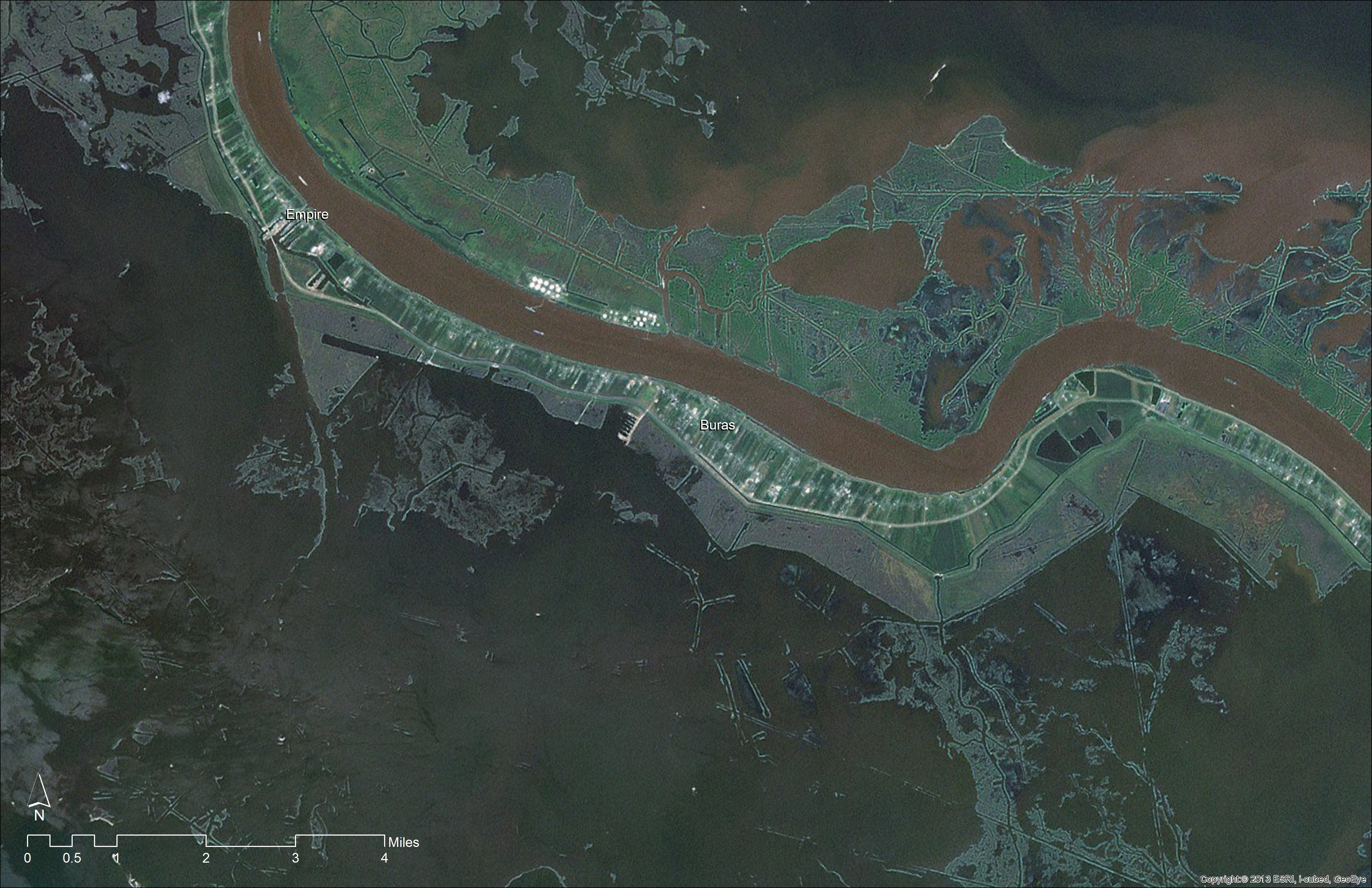




USDA works for ag interests (including timber interests). It’s right in the name, United States Department of Agriculture. That says it all. From bending over forward for its masters to allowing welfare livestock operations to self-report, with no followup, predator losses, the public loses.
Self reporting cattle in USDA? Not in the FS… Cite your evidence. Mine is limited, but in two regions, I haven’t seen or heard of self reporting as an option
We need to stop draining of wetland. Sportsmen spend several billions a year on their endeavors and this could be lost.
It boils down to a lack of policing on the USDA’s part, and a failure to have in place proper watchdogs. Though I have a hard time believing that groups such as ‘Ducks Unlimited’ haven’t been sounding the Alarm. So, was the Obama administration in on this loss of wetlands? I don’t think that this new batch of politicians is gonna generate alotta self-propelled activism, but the conservatives have usually been on the side of sportsmen, so…
All I can say is that loud activism is going to be key. Watchdogs and Whistleblowers have got to ‘step up’ to the plate, and we’ve got to get busy and make our gov’t ‘toe-the-line’ for sure!